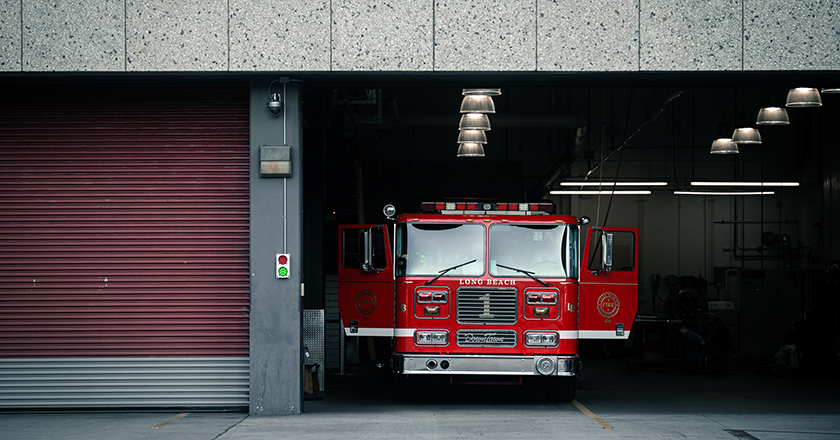While emergency managers can effectively and efficiently respond to incidents and disasters, they can’t prevent events from happening.
While it’s rare, emergencies can overlap and stress the response infrastructure emergency management teams have implemented at their organizations. What strategies can emergency managers use to respond to these unusual scenarios?
Managing Corresponding Incidents
Emergencies aren’t frequent events, so there’s often downtime between major incidents that allows emergency managers and their teams to relax and perform after-action reports with some peace of mind. There are, however, times where emergencies happen one after another.
On ever rarer occasions, emergencies can be concurrent. And while a response team often consists of trained, knowledgeable, and experienced individuals, the burden of managing and responding to multiple emergencies can be a lot.
Since the COVID-19 pandemic started early in 2020, certain organizations have been in this position. As the year has progressed, the natural disasters we expect from the environment have occurred and created these conditions, which are normally rare.
The pandemic is continuing and other disasters, like hurricanes and floods, are still happening. Understanding how a team can effectively manage multiple emergencies is going to be crucial for at least the remainder of this year, and possibly the initial months of 2021.
Healthcare, COVID-19, and Other Emergencies
Hospitals and healthcare organizations have been under constant stress due to the pandemic. Healthcare organizations, regardless of the presence of the coronavirus in their surrounding communities, have constantly been in a full response mode; they can’t risk allowing the virus to spread through employees, staff, and patients under their organizations’ umbrellas.
As disasters like tornadoes and floods have swept through communities this year, hospitals and healthcare have had to respond to not only the ongoing pandemic, but also the immediate disaster as medical providers. Additionally, healthcare and hospitals have also had to respond as organizations to these disasters, ensuring the continuity of their services to their communities.
Performing all of these tasks requires thorough planning and preparedness on the part of hospitals and their emergency management and continuity teams. Preparedness is the key to ensuring a smooth response to one emergency, as well as for the rare times organizations, and especially hospitals and healthcare, need to respond to two simultaneous events.
Tools for a Faceted Response
Being able to respond to concurrent emergencies comes down to planning. Without something in place, it will be hard for an organization to rebound from simultaneous events.
All-hazards plans and annexes provide a nice balance. Not only do these tools provide a response framework for an organization, they also supply specialized plans, enabling more efficient response to specific disasters.
All-hazards plans outline basic elements of a response for an organization, such as training for certain individuals and roles and responsibilities during emergencies. All of these initial pieces are basal, and enable an organization to build other plans for more specific scenarios.
This is where functional annexes come in. These outline specific functions that need to be performed as part of response operations, or act as a plan for a specific scenario, like a hurricane, power outage, flood, or other incidents.
By building an all-hazards plan with functional annexes, an organization can be prepared for many types of disasters, even if they are concurrent. As each event happens, the annexes can be activated and set a course through the incident for an organization.
Preparing for All Emergencies
Often emergencies don’t overlap. When emergencies and incidents overlap, however, it can be a challenge for organizations to overcome.
Thorough planning can overcome these tough situations. All-hazards plans and annexes make organizations flexible and capable of spinning up a response as soon as possible, and building this response infrastructure is one of the best ways organizations can respond to multiple emergencies.








